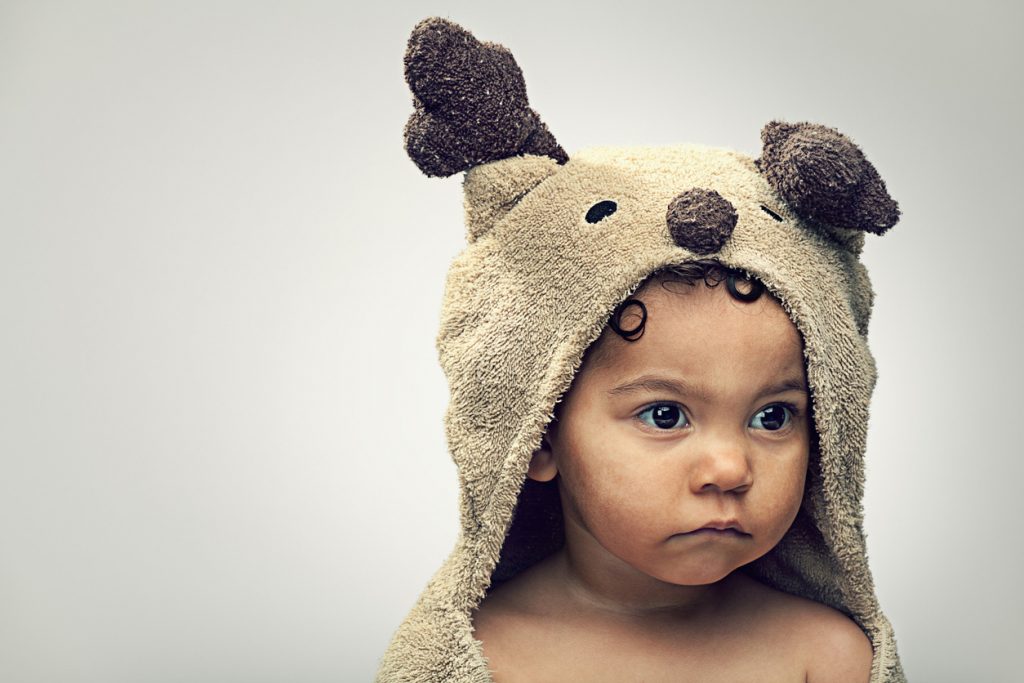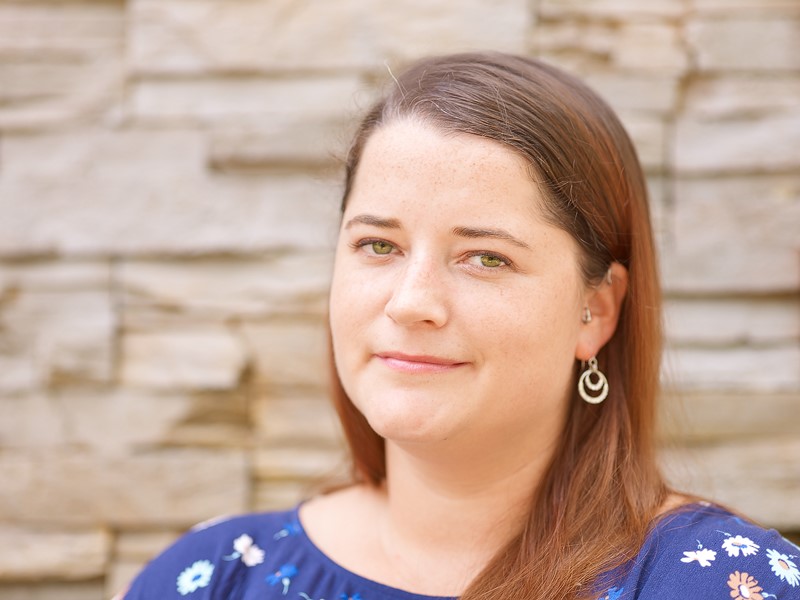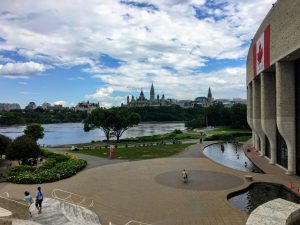What Parents Need to Know About Raising Kids with Eczema

Eczema is a common skin condition, sometimes hereditary, but often random. While it’s not contagious, it can be a very annoying and uncomfortable problem, especially for children. A specialist such as a dermatologist can provide a proper diagnosis and individualized treatment plan to help parents manage their child’s eczema and control any flare-ups. In the meantime, here’s some helpful information if you’re raising kids with eczema.
What Is Eczema?
Eczema, also known as atopic dermatitis or contact dermatitis, is essentially inflammation of the skin. This inflammation causes a rash or scaling of the skin, which can be very uncomfortable. It may be hot, weepy, swollen, or itchy.
Eczema most commonly appears before the age of 5, with 60% of sufferers experiencing symptoms before the age of 1. The Canadian Dermatology Association estimates that approximately 17% of Canadians will experience eczema at some point in their lives.
While the areas of the body that eczema effects vary with age, babies and young children typically experience eczema as a patchy rash on the face, elbows, and knees, or as diaper rash. Other common spots include behind the knees, inside the elbows, on the sides of the neck, and on the wrists, ankles, and hands.
What Causes Eczema?
Eczema triggers are often unique to each individual, which makes tracking flare patterns important for understanding what’s causing your child’s eczema. However, there are some common causes of eczema, including:
- Cold, dry weather
- Heat, humidity
- Fragrances in personal care items
- “Natural” ingredients, including aloe and coconut oil
- Dyes
- Preservatives
- Laundry detergent residue
- Foods
- Stress
- Sweat
- Hot showers or baths
- Germs
Additionally, those who have asthma or allergies often suffer from eczema. And as anyone who is caring for baby’s food allergies knows, triggers can change over time. So what used to bother someone might stop, while new triggers pop up.
What Treatments Are There for Kids with Eczema?
The most effective treatments for kids with eczema involve preventing flares in the first place. Ensuring a consistent, proper hygiene routine is key for many people. That said, when a flare happens and your little one is sore and/or itchy, there are some treatments that can help soothe their skin.
Wet wrapping
Wet wrapping is a treatment technique best used if your child is hot and itchy from their eczema, and is waking in the night as a result. It is also indicated when the skin is bleeding, or the eczema persists despite the use of cortisone ointments. The Royal Children’s Hospital of Melbourne has a detailed guide on wet dressing application, which is best done before bedtime.
Frequent and consistent moisturizing
The National Eczema Association suggests keeping skin well moisturized as a means of controlling eczema, since moisturizers help protect the outermost layer of skin (or skin barrier), and people living with eczema often have a damaged skin barrier, making their skin more sensitive to irritants, allergens, and bacteria.
Topical medications
Corticosteroid creams, solutions, gels, foams, and ointments can help to quickly relieve itching and reduce inflammation for kiddos dealing with an eczema flare. They are available over the counter or by prescription and should be applied as directed by a doctor, usually right after a bath and before moisturizing.
Other remedies
A cool compress can also be effective for reducing the discomfort caused by eczema, and some doctors might recommend taking an antihistamine before bed if a flare is causing your little one to lose zzzs. The Canadian Dermatology Association also notes that phototherapy (regular exposure to specific rays of ultraviolet light) is a very effective treatment for those with severe eczema. There’s also some research that shows Lactobacillus-containing probiotic strains may reduce eczema severity in children age 3 and under.
Things to Avoid When Your Kids Have Eczema
It is important that children with eczema avoid their triggers to prevent flares. Since triggers are unique to each child, it’s important for parents to keep track of any patterns they notice as to when their child’s eczema flares.
The Canadian Dermatology Association recommends keeping baths and showers short, moisturizing immediately afterwards, and using mild cleansers to help avoid making eczema worse.
If ingredients in personal care products irritate your little one’s skin, be sure to do a “spot test” by applying a small amount of any new product to any trouble spot, and wait a couple of days to see if there is a reaction.
Moisturizers for Eczema
Finding products that are safe to use with your child’s eczema can take a bit of trial and error. Even products with natural ingredients can cause irritation, so be sure to read labels carefully, and spot test before applying to a larger area. Claims such as hypoallergenic, gentle, or 100 percent pure are meaningless when it comes to sourcing eczema-friendly products.
The National Eczema Association has an NEA Seal of Acceptance™ program for products that have been created or intended for use by persons with eczema or severe sensitive skin conditions, which is a good starting point for parents looking for eczema-friendly products for their child. It allows parents to filter by product type, age group or brand, as well as unwanted ingredients.
















